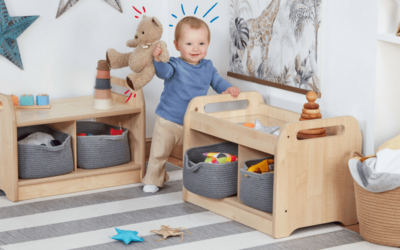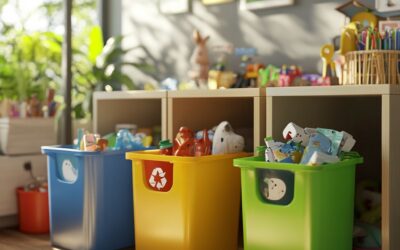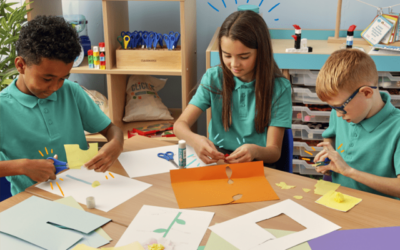Mindfulness Activities for Toddlers
Mindfulness is a state of awareness of our thoughts, feelings, sensations, and environment. It aims to help you feel calmer, manage stress, and become more self-aware of your emotions and how to respond to them. For toddlers, they can easily get carried away by the multiple emotions they feel, especially during a tantrum or when they are feeling overly energetic!
So, here’s just a few activities that can help your little ones cope with difficult thoughts and emotions and ultimately, be kinder to themselves.
Breathing Techniques and Guided Meditations
One of the primary components of mindfulness is meditation. It allows you to focus on the present in order to recognise your thoughts and feelings without any judgment.
Sitting still and quiet is not the easiest thing for a toddler. But there are still ways to make meditation fun and interesting for them. One approach is focusing on breathing and incorporating their favourite teddy bear. This concept is known as “Breathing Buddies” and has children focusing on their breath by placing a teddy bear on their stomach.
Here is an easy guide:
1. Have your child lie down and place their favourite teddy on their belly.
2. Ask them to breathe through their nose for three seconds and focus on the teddy rising as they breathe in.
3. Exhale and have them watch how the teddy falls once they breathe out.
4. Then repeat for another minute or two and increase the time once they are confident with it.
Explore Emotions
Talking with your toddler about different emotions is important. It helps them to develop vocabulary to describe how they feel and understand how body language connects with their feelings.
Our “Exploring Emotions Kit” is a fantastic resource to help children explore their feelings, we love it. The Bag of Buddies give toddlers the opportunity to explore emotions such as happy, sad, angry, and anxious through facial expressions. Helping them to make connections between what they’re feeling and what that might look like. Whilst the Nesting Bears can be used to show what you’re feeling on the inside might not match what emotion you are showing on the outside.
Also, make sure to discuss your own emotions with your child and let them know how you’re feeling and how you choose to respond to your thoughts and feelings.
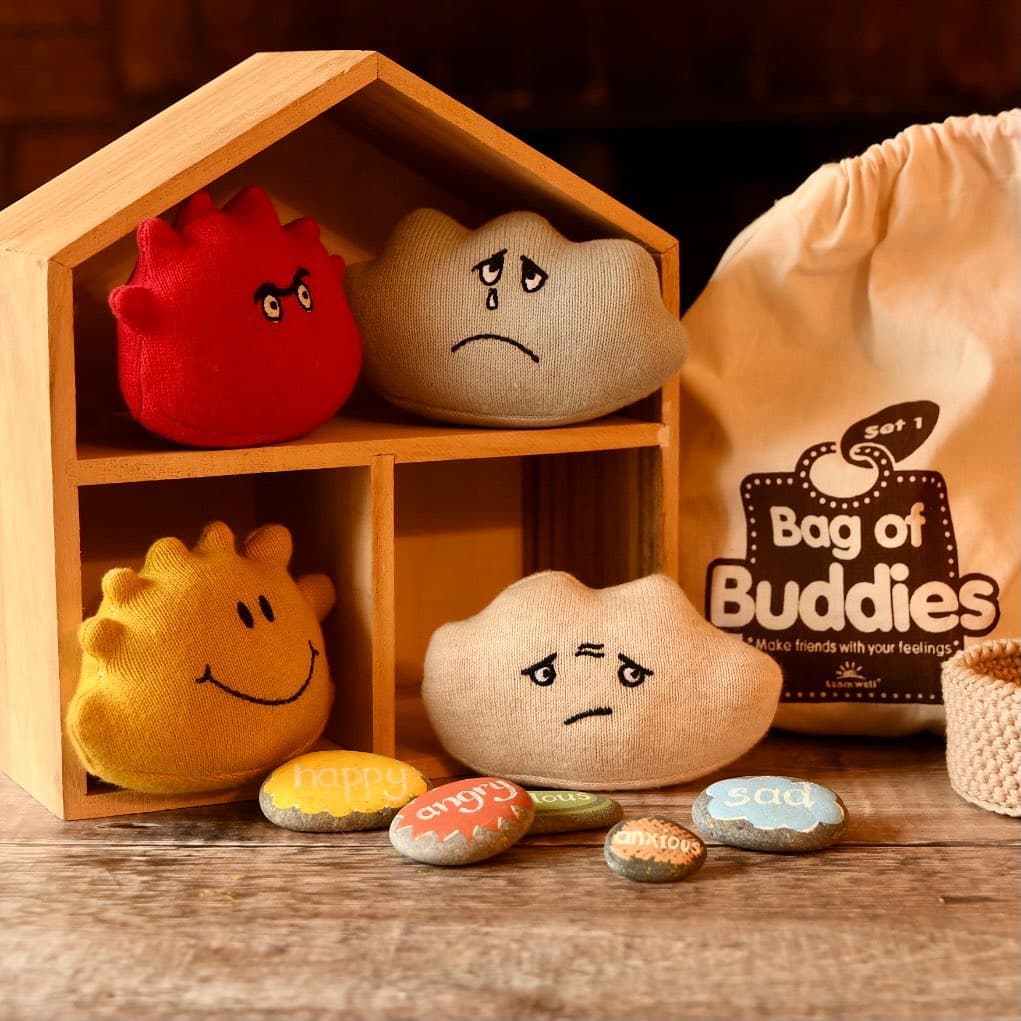
Embrace Nature
Exploring nature is a great way to get young children to connect with their senses and be aware of their surroundings.
Go for a stroll in a park or in the garden and talk about what they see, hear, smell, and feel. There’s no rush, as this activity is all about getting them to notice what is around them. So have them take time to smell a flower, feel the grass and listen to the birds chirping merrily.
Another idea is to simply gaze at the sky. Take a blanket and find a quiet spot outside. Lie down with your child and stare up at the sky and ask them what shapes they see, and what animals the clouds may look like. This activity is not only calming, but it helps little ones to practice focusing.
Drawing and Painting
A picture is worth a thousand words. Art can function as an emotional outlet when children find it difficult to put their feelings into words. So, art can allow them to express their thoughts and feelings via a creative outlet.
An idea is to have your children paint their emotions. For example, ask them “what colour makes you think of happiness/sadness?” The colours they pick might go against the norm but allow them to be subjective. This encourages them to make their own decisions when expressing how they are feeling. It also gives them the chance to get creative with it!
Take a look at our Classmates Paint Sticks which are perfect for little hands and can be used on a range of surfaces.
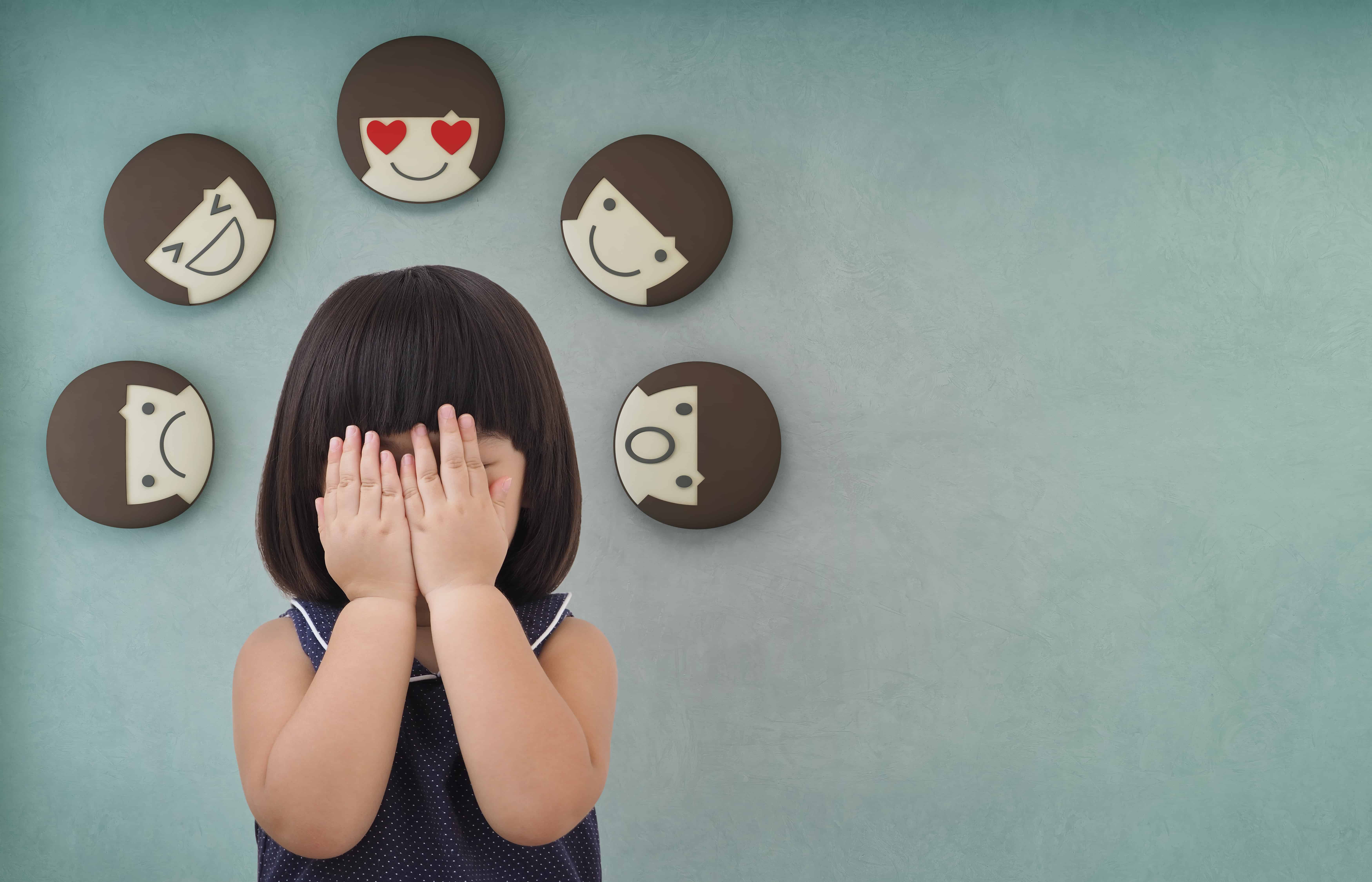
Practicing mindfulness should be ongoing and will get better over time. Take small steps by blocking out a period of their day to practice some of these activities. Soon, their little minds will begin to understand their feelings and how they can manage them effectively.
Related blogs
Your Guide to the School-Based Nursery Capital Grant
What is the School-Based Nursery Capital Grant? For schools aiming to enhance their nursery facilities, the School-Based Nursery Capital Grant provides a simple funding solution. This grant is open to eligible state-funded primary schools in England that...
What Goes In, Must Go Out
Creating a Circular Economy in Your Nursery Author: Nick Corlett Sustainability Manager at LEYF Sustainability is more than a trend—it’s a shared responsibility, and the nursery is the perfect place to nurture these skills. Every day...
Top tips to create a SEND-Friendly Primary School Classroom
Author Lindsay Robinson Lindsay Robinson has been a primary school teacher for 23 years and is passionate about achieving the very best outcomes for children through quality first teaching and experiences. I remember receiving very little guidance during my teacher...
